The graphics card market has experienced significant growth across several sectors in recent years. For instance, rising demand in industries such as gaming – especially with the growing popularity of esports and video games – crypto mining, and virtual reality have all had a major impact. The industrial sector’s adoption of graphics processing units (GPUs) has further accelerated the need for high-performance graphics cards.
GPUs are used to expedite complex computations in machine learning, artificial intelligence, and autonomous driving. This surge in technological industries has created business opportunities for computer parts sellers.
Table of Contents
Overview of the graphics card market
Types of graphics cards
Tips for selecting the best graphics cards for PC gamers
Conclusion
Overview of the graphics card market
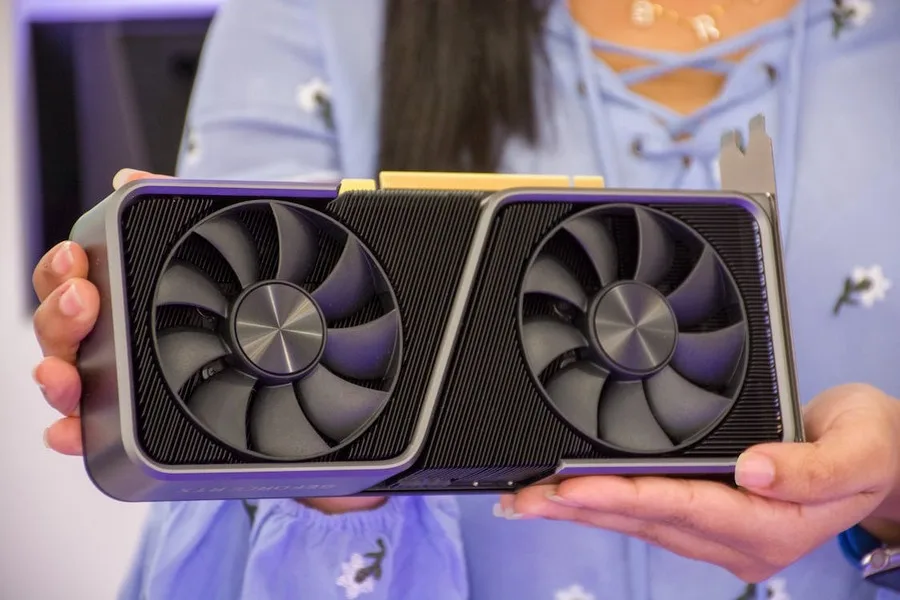
Demand for graphics cards has significantly increased in recent years due to the rapid adoption of advanced technologies in multiple industries worldwide. For example, graphics cards are applied in various industries such as gaming, healthcare, automotive, and aerospace, among many others. Consequently, this wide application has led to significant market growth. This is evidenced in the 2022 graphics cards market valuation, which was estimated to be US $44.49 billion and is projected to grow at a CAGR of 33.4% between 2023-2030, reaching US $446.17 billion.
Various factors contributing to this market growth include:
- The growth of the gaming industry
- A sharp rise in crypto mining activity worldwide
- A growing market for PC gaming enthusiasts
- Applications in artificial intelligence and machine learning
- The ongoing shift towards remote work and virtual collaborations, which is creating the need for related infrastructure
Types of graphics cards
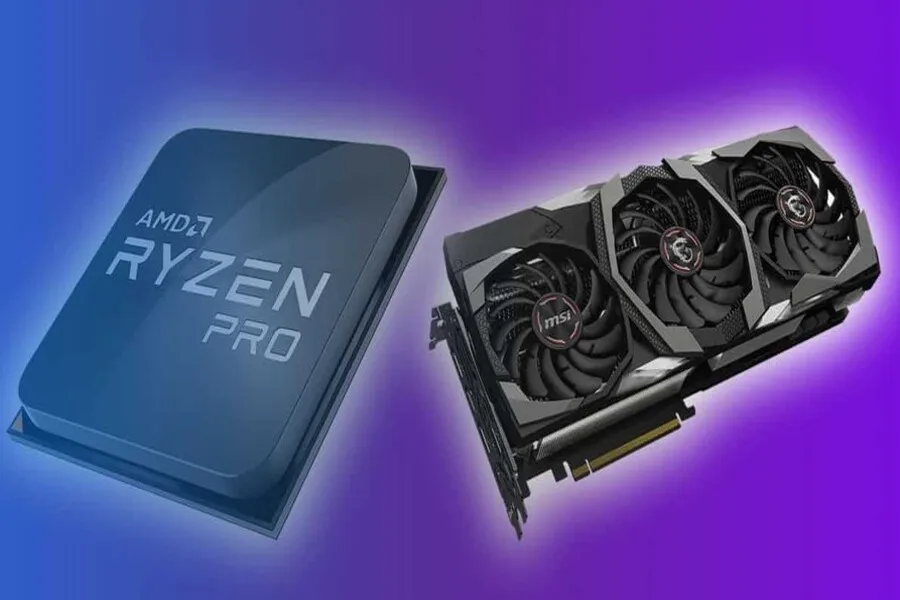
There are three main types of graphics cards: dedicated, integrated, and external.
Dedicated graphics cards
Dedicated graphic cards are separate hardware components that have their own dedicated memory (VRAM), processing power, and cooling systems. They are designed for graphics-intensive tasks, such as gaming, video editing, and 3D rendering.
Dedicated graphics cards exist in various sub-types:
1) Add-in-board (AIB) GPUs
Add-in-board (AIB) GPUs are dedicated graphics cards produced by third-party manufacturers, and distinct from the GPU manufacturer (NVIDIA or AMD). These cards often feature custom cooling solutions, enhanced power delivery, and sometimes factory overclocks tailored to offer improved performance and aesthetics compared to the reference models.
2) Reference model GPUs
Reference models GPUs (or founders editions) are designed and produced by GPU manufacturers (such as NVIDIA or AMD). They adhere closely to the original design and specifications of the GPU, often featuring blower-style coolers for exhaust-based airflow and provide a baseline for third-party manufacturers to build upon.
3) Open-air GPUs
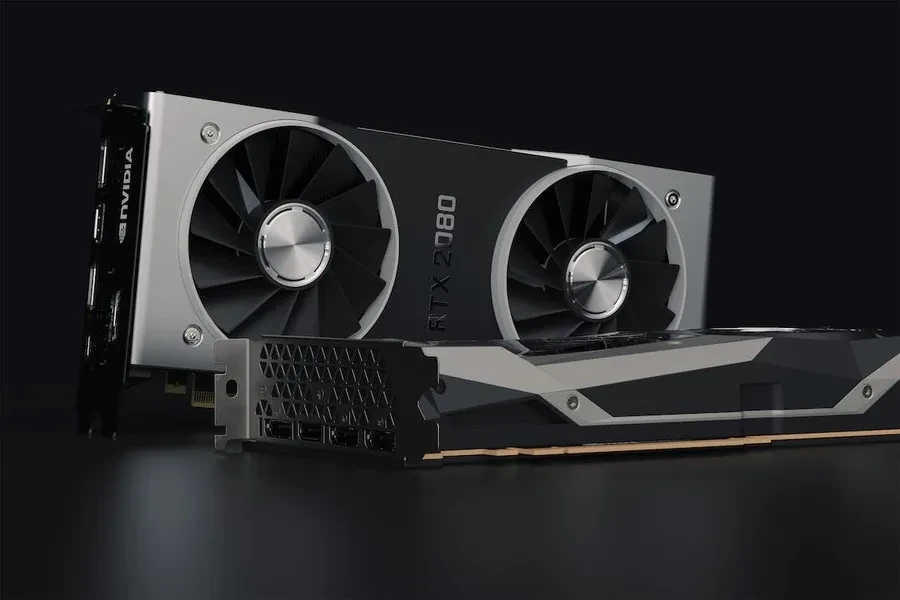
Open-air GPUs are equipped with cooling solutions that use large or multiple fans to dissipate heat. These fans push air directly onto the heatsink through the cold plate and heat pipes, enabling efficient cooling. They are most common among creative professionals and gamers since they balance cost and performance, noise levels, and temperatures.
4) Blower GPUs
Blower GPUs feature a cooling solution with a single fan and a shroud that directs airflow to exhaust the hot air out of the case. They use vapor chambers to transfer the heat instead of heat pipes. These cards are ideal for compact cases with limited airflow, as they help prevent the hot air from recirculating within the case.
5) Water-cooled GPUs
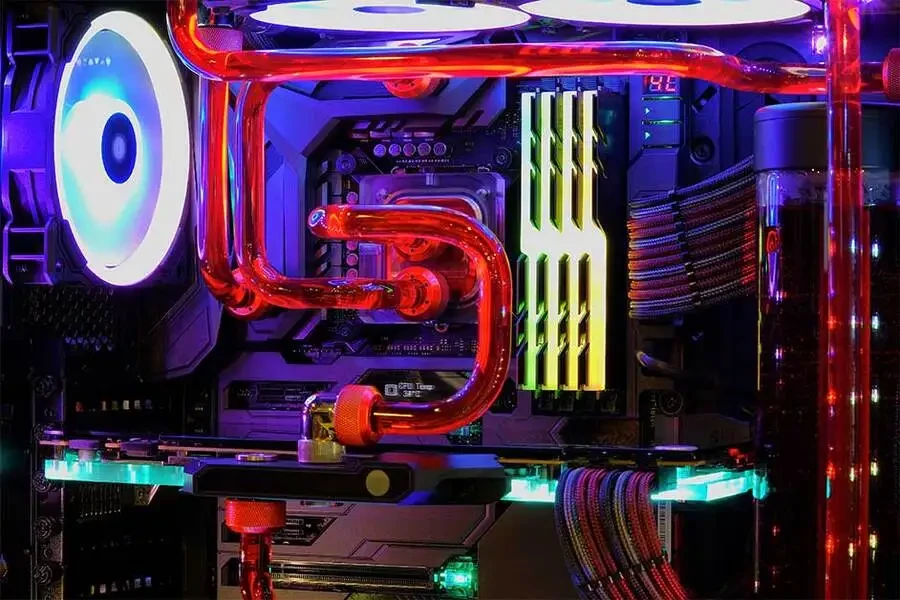
Water-cooled GPUs use liquid cooling systems comprising a water block attached to the GPU and a radiator with fans to dissipate the heat. These systems offer excellent cooling performance and are quieter than air-cooling systems, making them suitable for high-performance gaming and demanding computational tasks.
Integrated graphics cards
Integrated graphics cards are built directly into a computer’s motherboard, sharing its system resources, such as RAM and CPU power. They offer a basic graphics solution without the need for a separate dedicated graphics card since the CPU and GPU use a shared memory system.
Integrated GPUs use less power, are more efficient, and thus create less heat. In addition, these graphic cards are more compact, fitting into the increasingly slim and lightweight designs of laptops and other compact computing devices.
However, integrated GPUs are typically less powerful than dedicated graphics cards. Thus, they are more suitable for less demanding tasks like web browsing, office applications, and multimedia playback. This limited performance and lack of processing power make them unsuitable for more power-heavy tasks like modern gaming, video editing, or 3D rendering.
External graphics cards (eGPUs)
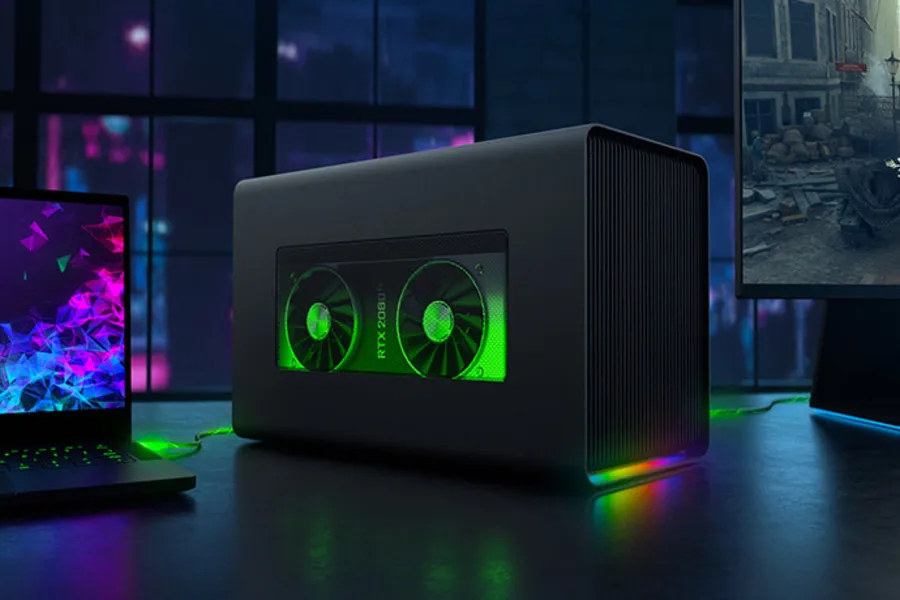
eGPUs are graphics processing units housed in external enclosures and connected to a laptop or desktop computer via high-speed interfaces such as Thunderbolt or USB-C. They offer a way to upgrade a system’s graphics performance with limited integrated or dedicated graphics capabilities.
Tips for selecting the best graphics cards for PC gamers
PC gamers have diverse preferences and requirements that influence their purchasing decisions when selecting graphics cards. For instance, some prioritize raw gaming performance, while others seek high frame rates or reduced power consumption.
Below, we’ll look at the various considerations businesses should weigh up when graphics cards to PC gamers.
System compatibility
Compatibility is a major consideration since graphics cards must be compatible with a user’s PC hardware. Some aspects gamers will look for include size, the power supply wattage, and the required PCIe slots. Graphics cards come in various sizes and have varying power supply requirements for optimal performance. In addition, graphics cards may require multiple slots or specific configurations. Gamers verify the PCle slots’ compatibility to ensure a smooth installation process and proper card functioning.
Power supply requirements
Powerful graphic cards, such as dedicated graphics cards, require more power than less powerful cards. In this case, the installed power supply should provide enough power to avoid damage or system instability. One of the best ways to determine a graphics card’s power supply requirements is by checking the manufacturer’s recommendations.
Display resolution
Display resolution directly affects the performance and visual quality of the gaming or computing experience. For instance, higher monitor resolutions require more powerful GPUs and more video memory (VRAM) to store the additional image data. Therefore, gamers often prioritize graphics cards whose capacities match their display monitor resolutions. However, it is crucial to note that some graphics cards may have maximum resolution limitations.
The types of games
Different games have varying levels of graphical demands and performance requirements. When selecting a graphics card, considering the types of games the end user tends to play is important because it helps determine the appropriate level of performance needed to achieve a satisfactory gaming experience. For instance, GPU-intensive games like PUBG, Battlefield 5, and Project Cars 2 require more robust graphics cards due to their increased need for memory and power.
Cooling solutions and noise levels
Most gamers will want to understand a graphics card’s cooling solutions and noise levels before making the purchase. For instance, gamers prioritizing quiet operation might lean towards graphics cards with custom cooling designs that minimize fan noise. On the other hand, those with spacious cases and good airflow might opt for open-air cooling systems, which effectively dissipate heat viae multiple fans.
However, it is crucial to note that powerful graphics cards generate more heat and tend to have more complex thermal designs. Also, graphics cards that depend on fans can be noisier generally, especially when graphics are ramped up, which may affect the gaming experience.
Conclusion
The graphics card market is rapidly growing as more industries adopt advanced computing systems. Moreover, with the popularity of video gaming and esports, demand for graphics cards/GPUs has skyrocketed. This has created numerous opportunities for businesses targeting this market. However, seizing these opportunities requires retailers to understand the various factors PC gamers look for when purchasing graphics cards, including the types of games they play, power supply requirements, display resolution, system compatibility, cooling systems, and noise levels. As such, it can pay for businesses to offer diverse graphics card options to meet varying customer needs and requirements.
If you’re looking for the latest graphics cards and computer equipment, browse thousands of options on Alibaba.com.



